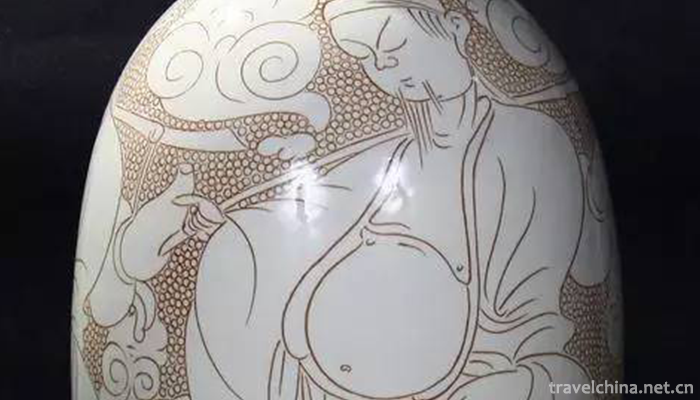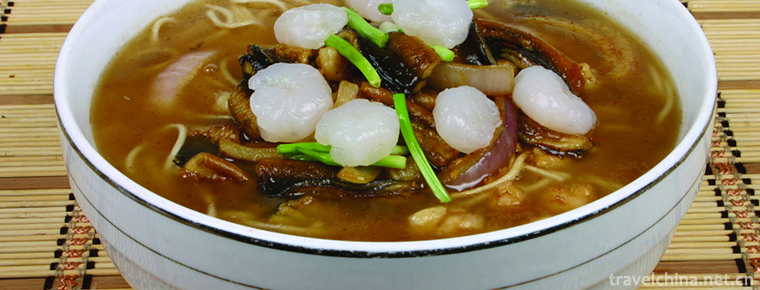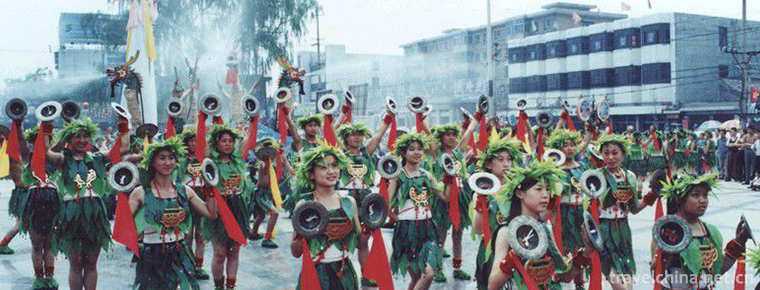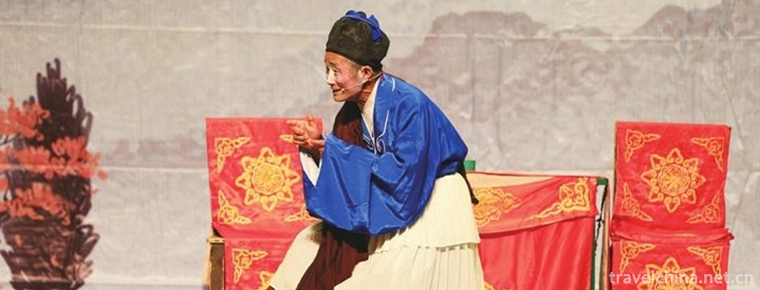2018-10-27

- By ChinaWiki.net
- Chinese Edition
- 2019-04-26
Ceramic Firing Techniques of Dengfeng Kiln
Dengfeng kiln ceramics firing technology is a National Intangible Cultural Heritage Representative project. Historical records began in the Tang Dynasty and flourished in the Song Dynasty. It is well documented in the historical materials of Yuanfeng Jiuyu Zhi, Porcelain History, Supplementary Ancient and Modern Porcelain Origin, Ming Dynasty Henan Tongzhi, Qing Dynasty Taoshuo and Chinese Ceramics. The "Shenqian" of Dengfeng Kiln is connected with the mountain and water of Jun Porcelain, and its firing techniques reflect each other. Its products are in the shape of bowls, plates, bottles, pots, pots, pots, cupholders, cups, pillows, elephant animals and terracotta maids. The process of firing technology includes selection of raw materials, glaze processing, mud drilling, shaping, cosmetics, decoration, glazing, installation and firing, etc. The whole process of wet billet operation, one firing. The firing technique is characterized by distinct features, small or large shapes, with white porcelain as the main part and Pearl floral marking as the typical representative; the glaze is white, pure and bright; the decorative techniques are various, including traditional techniques such as delineation, delineation, mosaic and soft strokes. The finished product has a strong stereoscopic sense, and has important values of history, folklore, art, aesthetics, economy and so on.

Ask a Question
Your email address will not be published.



0 Questions